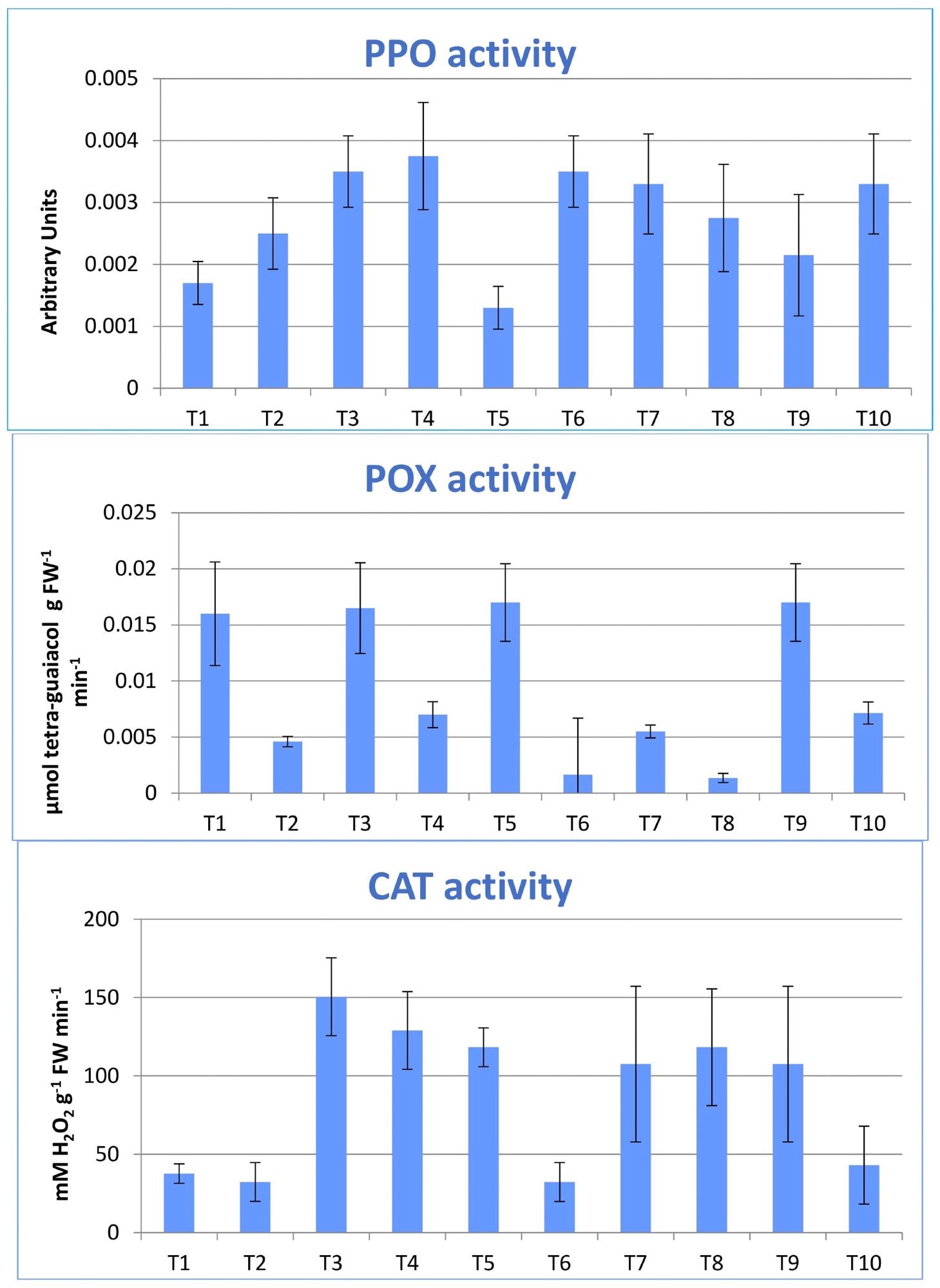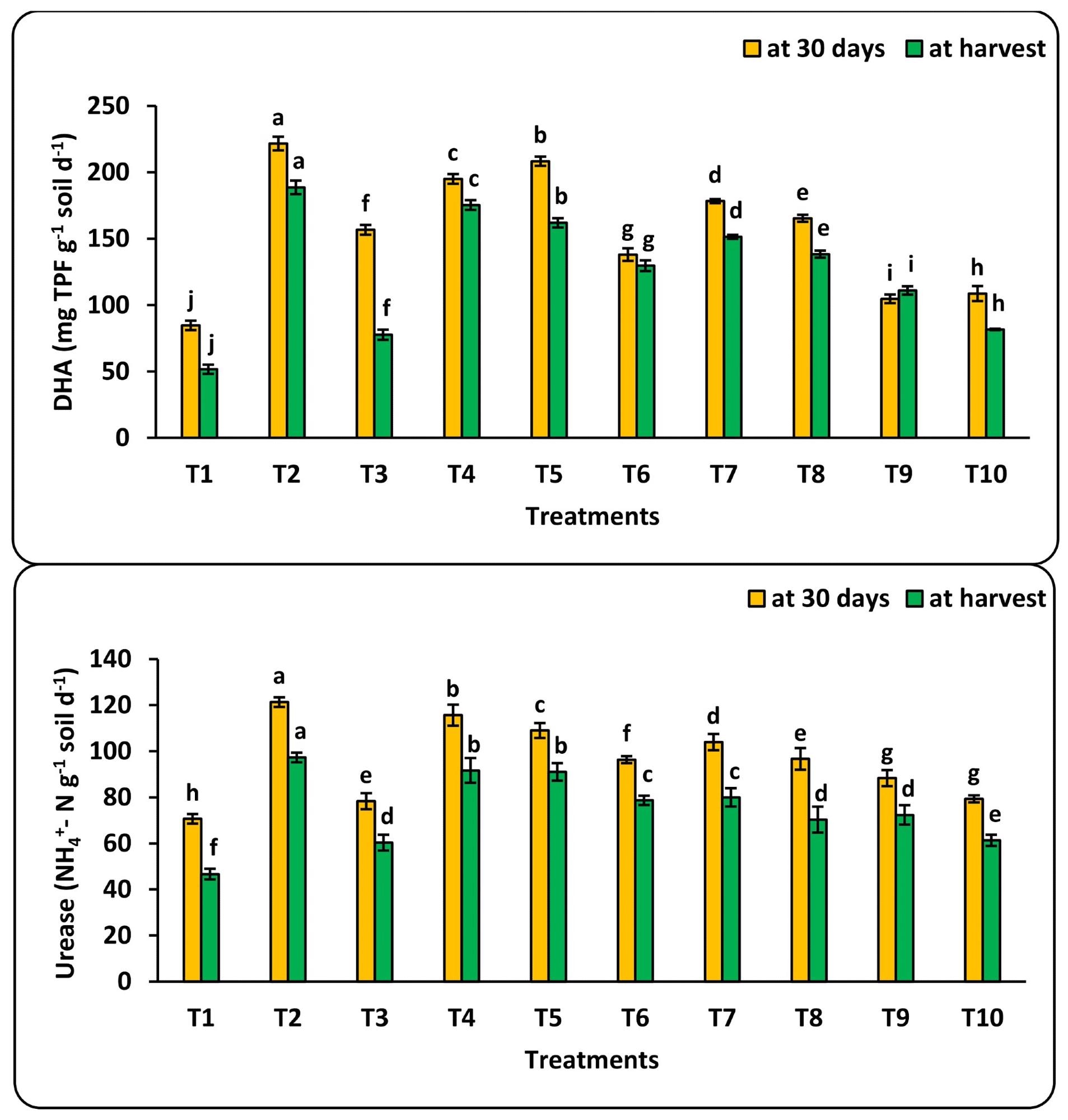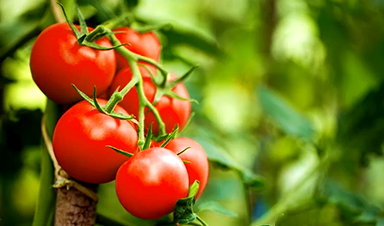Increased water consumption worldwide has resulted in low-quality water resources utilized for crop irrigation in the agricultural sector; however, these sources tend to be contaminated. New research published in the MDPI sustainability explores whether the addition of nanofertilizers can enhance these water sources.
Here, the team investigated the effects of nanofertilizers on saline water sources in tomato crops.
Harmful Effects of Conventional Fertilizers
Owing to the extensive utilization of mineral fertilizers and pesticides, traditional fertilizers have produced several ecological threats, including food poisoning and soil deterioration.
Excess nitrogen in the air and water from fertilizers can cause respiratory problems, heart illness, and many malignancies, as well as hinder agricultural development and boost hypoallergenic pollen output.
Keeping in mind the low effectiveness of traditional fertilizer use (ranging from 20 to 40 %), a large proportion of these fertilizers eluted into aquifers and ultimately streams, causing financial damage, eutrophication, and public health complications.

Are Nanofertilizers a Viable Option?
Considering these limitations of conventional fertilizers, nano fertilizers are an advantageous alternative. Nanofertilizers are thought to be interesting substances because they exhibit the distinctive properties of nanoparticles at the nanoscale.
Many studies have found advantages regarding the usage of nanofertilizers on agricultural plants such as hay, soy, potatoes, maize, and oats. Benefits include improved quality of the fruit, production, and storability, as well as reduced nutrient leakage into the soil following harvesting of crops.
Iron, copper, selenium, and zinc are the most frequent minerals that are already used as nutrient-based nanofertilizers.
Why Quality of the Irrigation Water Matters?
Irrigation quality of water is a constraining element in the agriculture industry worldwide, with different irrigation water quality parameters such as salinity and sodium adsorption ratio (SAR), sodium, manganese as well as toxic substances.
When irrigation water has a high salt concentration and toxic substances, the water loses quality and accumulates in soil samples and produced crops. This problem has been exacerbated by the extensive use of wastewater in the cultivation of crops, which contains various toxins that may continue throughout the food chain.
Many substances, including hydrogel, biochar, and nanomaterials, have been used to purify water sources. Nanomaterials have been utilized to remove contaminants such as cadmium and chromium from polluted water; however, the usefulness of nanofertilizers in increasing the productivity of farmed plants watered with poor water quality requires additional investigation.

Why Tomato Plants?
Tomato plants (Solanum Lycopersicum L.) are regarded as one of the most important vegetable crops worldwide due to their great gastronomic and commercial importance, in addition to their nutritious significance. As a result of their high oxide concentration, tomatoes are naturally strong in antioxidants and may defend against prostate cancer as well as protect human skin from UV radiation.
This crop has a long growing season and high water demands, and it can yield under a variety of conditions, including salt stress, dehydration, copper neurotoxicity, and continual watering with salty water. As a result, the current study was designed to determine if nanofertilizers (Cu and Se), either individually or in combination, can reduce the influence of salty water on tomatoes’ productivity and quality.
Result Findings
Undertreatment with average quality of water and coupled nano-Se, the longest branch growth (69.8 cm) was attained. The maximum chlorophyll concentration (79.7 SPAD) was measured following nano-Se administration and watering with low-quality water.
Among all tested properties, the number of branches per plant was the only one that had a non-significant influence on vegetative development. The highest amount of fruit yield (2.07 kg plant-1) and total soluble solid content (9.24 %) was acquired under irrigated agriculture using low quality of water (IW3) and 100 mg L-1 of nano-Cu.
The highest value of vitamin C content (mg 100 g-1 FW) was achieved under fertigation using low water quality (IW3) and a combination of 100 mg L-1 of nano-Se and nano-Cu. Furthermore, the microbiological populations of bacterium, fungi, and actinobacteria increased after 30 days of transplantation and declined in all treatment at harvests due to the negative effect of poor irrigation water quality.
In short, the controlled utilization of bio-nano fertilizers was deemed successful in boosting the productivity as well as the quality of the produced crops.
News
Nano-Enhanced Hydrogel Strategies for Cartilage Repair
A recent article in Engineering describes the development of a protein-based nanocomposite hydrogel designed to deliver two therapeutic agents—dexamethasone (Dex) and kartogenin (KGN)—to support cartilage repair. The hydrogel is engineered to modulate immune responses and promote [...]
New Cancer Drug Blocks Tumors Without Debilitating Side Effects
A new drug targets RAS-PI3Kα pathways without harmful side effects. It was developed using high-performance computing and AI. A new cancer drug candidate, developed through a collaboration between Lawrence Livermore National Laboratory (LLNL), BridgeBio Oncology [...]
Scientists Are Pretty Close to Replicating the First Thing That Ever Lived
For 400 million years, a leading hypothesis claims, Earth was an “RNA World,” meaning that life must’ve first replicated from RNA before the arrival of proteins and DNA. Unfortunately, scientists have failed to find [...]
Why ‘Peniaphobia’ Is Exploding Among Young People (And Why We Should Be Concerned)
An insidious illness is taking hold among a growing proportion of young people. Little known to the general public, peniaphobia—the fear of becoming poor—is gaining ground among teens and young adults. Discover the causes [...]
Team finds flawed data in recent study relevant to coronavirus antiviral development
The COVID pandemic illustrated how urgently we need antiviral medications capable of treating coronavirus infections. To aid this effort, researchers quickly homed in on part of SARS-CoV-2's molecular structure known as the NiRAN domain—an [...]
Drug-Coated Neural Implants Reduce Immune Rejection
Summary: A new study shows that coating neural prosthetic implants with the anti-inflammatory drug dexamethasone helps reduce the body’s immune response and scar tissue formation. This strategy enhances the long-term performance and stability of electrodes [...]
Scientists discover cancer-fighting bacteria that ‘soak up’ forever chemicals in the body
A family of healthy bacteria may help 'soak up' toxic forever chemicals in the body, warding off their cancerous effects. Forever chemicals, also known as PFAS (per- and polyfluoroalkyl substances), are toxic chemicals that [...]
Johns Hopkins Researchers Uncover a New Way To Kill Cancer Cells
A new study reveals that blocking ribosomal RNA production rewires cancer cell behavior and could help treat genetically unstable tumors. Researchers at the Johns Hopkins Kimmel Cancer Center and the Department of Radiation Oncology and Molecular [...]
AI matches doctors in mapping lung tumors for radiation therapy
In radiation therapy, precision can save lives. Oncologists must carefully map the size and location of a tumor before delivering high-dose radiation to destroy cancer cells while sparing healthy tissue. But this process, called [...]
Scientists Finally “See” Key Protein That Controls Inflammation
Researchers used advanced microscopy to uncover important protein structures. For the first time, two important protein structures in the human body are being visualized, thanks in part to cutting-edge technology at the University of [...]
AI tool detects 9 types of dementia from a single brain scan
Mayo Clinic researchers have developed a new artificial intelligence (AI) tool that helps clinicians identify brain activity patterns linked to nine types of dementia, including Alzheimer's disease, using a single, widely available scan—a transformative [...]
Is plastic packaging putting more than just food on your plate?
New research reveals that common food packaging and utensils can shed microscopic plastics into our food, prompting urgent calls for stricter testing and updated regulations to protect public health. Beyond microplastics: The analysis intentionally [...]
Aging Spreads Through the Bloodstream
Summary: New research reveals that aging isn’t just a local cellular process—it can spread throughout the body via the bloodstream. A redox-sensitive protein called ReHMGB1, secreted by senescent cells, was found to trigger aging features [...]
AI and nanomedicine find rare biomarkers for prostrate cancer and atherosclerosis
Imagine a stadium packed with 75,000 fans, all wearing green and white jerseys—except one person in a solid green shirt. Finding that person would be tough. That's how hard it is for scientists to [...]
Are Pesticides Breeding the Next Pandemic? Experts Warn of Fungal Superbugs
Fungicides used in agriculture have been linked to an increase in resistance to antifungal drugs in both humans and animals. Fungal infections are on the rise, and two UC Davis infectious disease experts, Dr. George Thompson [...]
Scientists Crack the 500-Million-Year-Old Code That Controls Your Immune System
A collaborative team from Penn Medicine and Penn Engineering has uncovered the mathematical principles behind a 500-million-year-old protein network that determines whether foreign materials are recognized as friend or foe. How does your body [...]





















